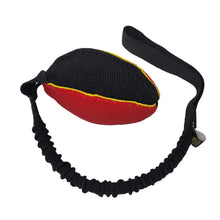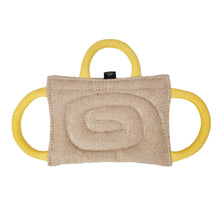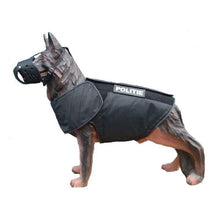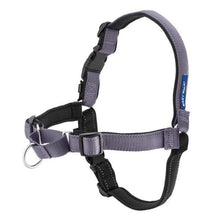Building Confidence in Shy German Shepherds: Strategies to Help Your Dog Overcome Timidity and Thrive in Various Environments.
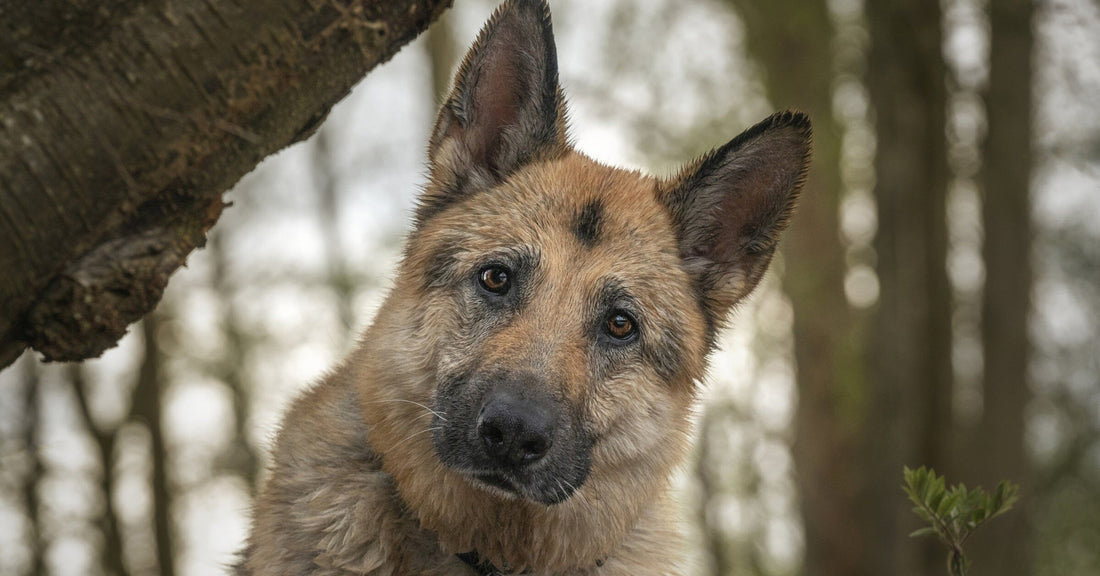
German shepherds were bred to be brave herding dogs that are skilled at guarding livestock. They are one of the most recognized dog breeds in the world. They excel at many jobs and make wonderful active family pets.
One of the attributes that makes German shepherds so special is how smart and confident they are. They’re easily trainable with unmatched loyalty to their owners. However, just like people, each German shepherd has a unique personality.
In large part, their drive and temperament are a result of genetics and breeding. Working line dogs are bred to have nerves of steel and to excel at high-intensity jobs, such as law enforcement and the military. Meanwhile, others are bred to be loving family pets.

But genetics isn’t the only factor that influences the temperament of dogs. From birth, puppies begin to imprint on the world around them. They begin to make positive and negative associations based on their early life experiences.
This is why it’s so important to socialize young puppies. The experiences they have between birth and twelve weeks greatly impact their future behavior. Their temperament, personality, and confidence begin to develop during these first weeks of life.
However, some German shepherds are shy. Sadly, they lack confidence. Many reasons can cause this. Some of the most common causes include:
Causes Of Shyness in Dogs
- Lack of socialization
- Missing a vital social step
- Bad experience
- Trauma
- Forced to do something scary
- Sensitive to sounds
- Neglect
- Abuse
- Abandonment
- Being separated from mother and siblings too soon

Symptoms Of Shyness in Dogs
Shy dogs may engage in negative behaviors that can range from mild to severe. Some are overly fearful of meeting new people or going to fun places. Some may even try to hide their fears by acting aggressively. Some of the most common symptoms of shyness include:
- Timidity
- Yawning
- Ignoring people or things
- Tucking tail and ears
- Tremble
- Cower
- Fear of meeting new people
- Fear of places, such as the vet or going on outings
- Stressed when riding in the car
- Separation anxiety
- Inappropriate urination or defecation
- Vomiting
- Excessive panting
- Destruction of property, destructive chewing
- Injuring themselves trying to escape a situation
- Aggression
- Fear biting
- Development of phobias
- Scared of sounds
- Bolting
What Is Dog Shyness?
Dogs that suffer from shyness are insecure. For them, different situations or sounds can trigger mild fearful behaviors or escalate to sheer panic. Shy dogs walk through life scared of what will happen next, which can greatly diminish the quality of their life.

How To Help Shy Dogs
There is a lot you can do to help shy dogs. However, punishing or forcing them will make the problem worse and result in mistrust of you. Losing your temper or getting impatient will only reinforce their fears. Forcing them to face their fears can even trigger aggression and biting.
The best thing you can do to help a shy dog is to build their confidence so they can overcome their insecurities. By creating positive associations with the things that cause their fear, you will help them overcome their shyness. Some of these strategies include:
Socialization
To build their confidence, socialize your puppy by carefully exposing them to people, places, and sounds. Keep them safe so their experiences are positive. Please don’t force them on strangers or unfamiliar dogs. Visit familiar places, such as a friend’s house, and invite people to yours.

You can also socialize older dogs in this same way. Start very slow when you expose them to new situations and people. For example, if they are afraid of outings, begin by taking them for a walk in the front yard. Once they are comfortable, go farther until they feel confident a few houses down and beyond. After that, slowly introduce them to new places. Be patient and don’t force them into new situations before they’re ready.
Obedience Training
When you train dogs, you naturally build their confidence. As they learn basic obedience skills, the bond they share with you is strengthened. By training, they learn to trust you and look to you for guidance. By rewarding and praising them, they’ll enjoy their training and know they’re doing a good job, which also increases their self-assurance.
Positive Reinforcement
If your dog is fearful of something, gradually expose them to the trigger while creating a positive experience with treats and toy rewards. Allow them to set the pace while you encourage their confident behavior. Go slowly and never reward anxious behavior. If they sniff or approach a situation, praise them and give them plenty of space to retreat to safety.

Stick to a Schedule
Dogs do best when they have a routine. Do your best to keep your dog on a schedule so they can confidently anticipate what happens next. This helps to reduce anxiety and build confidence. No matter how small their success, be sure to praise them for it.
Desensitization
You can desensitize dogs by slowly introducing them to sights and sounds that cause them fear. For example, if your dog is terrified of the vacuum, allow them to get used to the vacuum being in the house. Once that happens, put it in a common room. Once they ignore it there, move it to a room they frequent. Once they are comfortable with it being nearby, you can turn it on in another room so they can hear and not see it. Once they get comfortable with the sound, you can gradually allow them to be closer so long as they remain calm.
It is important to always start with low-intensity exposure until the dog is comfortable before slowly increasing the exposure and intensity while ensuring they’re not fearful.

Rewards and Praise
When exposing shy dogs to new things and people, always do it very slowly and offer lots and praise and encouragement when the dog is calm. Never force interactions. Let the dog watch and see what’s going on from a distance and praise their interest.
Learn To Read Their Body Language
Learn to read their body language so that you know when it’s time to increase their exposure or allow them to retreat from a situation.
Be Your Dog’s Advocate
You are responsible for controlling your dog’s environment. Don’t be afraid to tell people “no” if they ask to pet your dog. Protect them from other animals. Your dog doesn’t have to interact with every person or dog that crosses their path.

German shepherds are naturally aloof and even the friendliest usually won’t want to interact with everyone. It is best to avoid dog parks where you have zero control over the other dogs that visit so you can protect your dog from bad experiences to the best of your ability.
Take A Class
If your dog enjoys activities and other dogs, consider taking a class to help build their confidence and expose them to other people and pets. Classes are usually safer because they are in a more controlled environment.
Get Help If You Need It
Get help from a trainer or behaviorist, if you need it.
We hope these are helpful and that if you have a shy dog, they provide you with the tools you need to help them overcome it. As always, please feel free to share with your friends.
You might also like: Canine Etiquette: Teaching Your Dog Good Manners and Social Behavior









